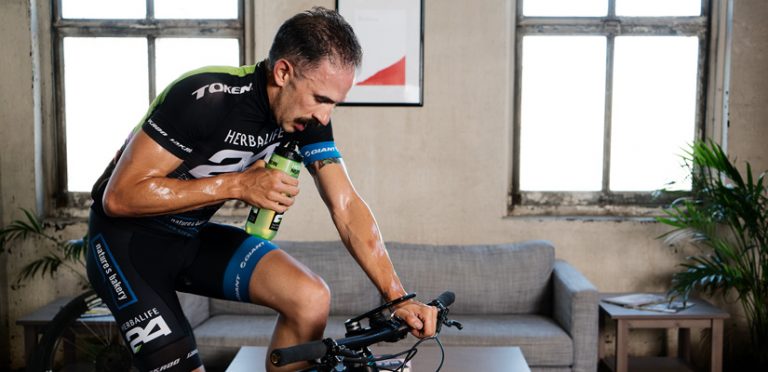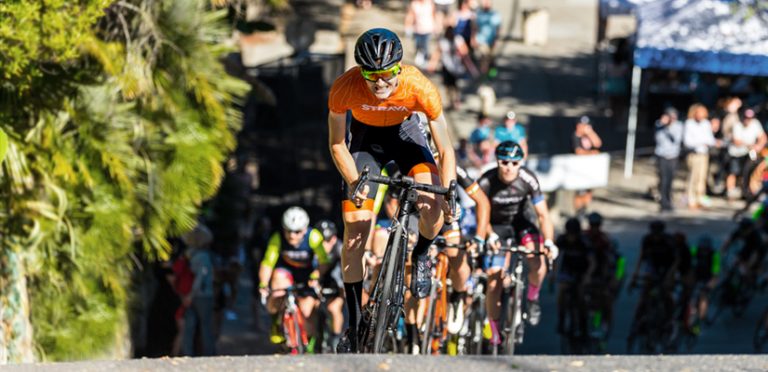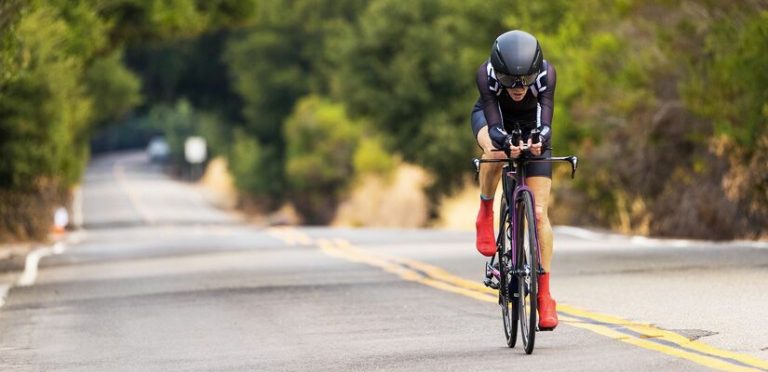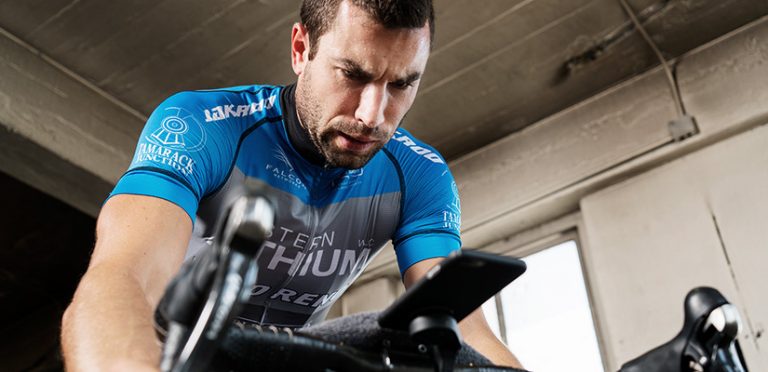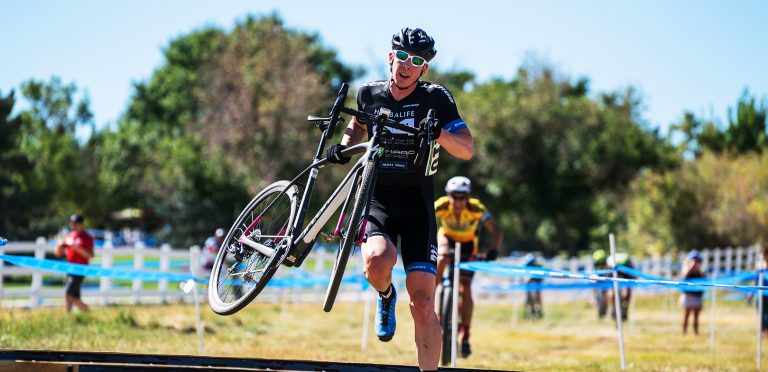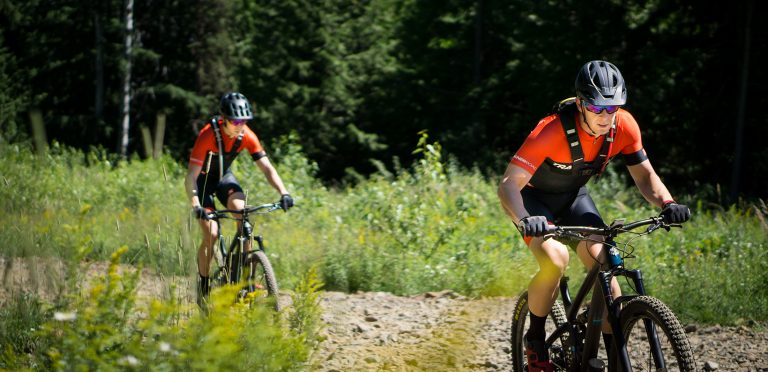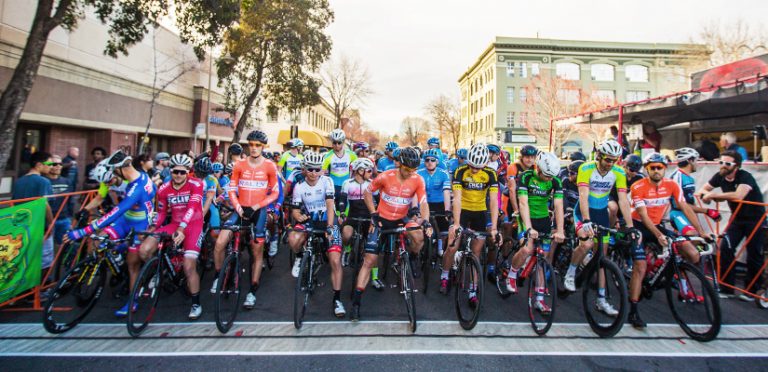Answer: Testing days aren’t always your best days. Muscle fatigue, unpreparedness for the discomfort of testing, poor pacing, or low motivation can all lend to a lower FTP result. When you test at a lower FTP, it commonly comes down to one, or a combination, of four things: 1. You weren’t sufficiently recovered following your…
